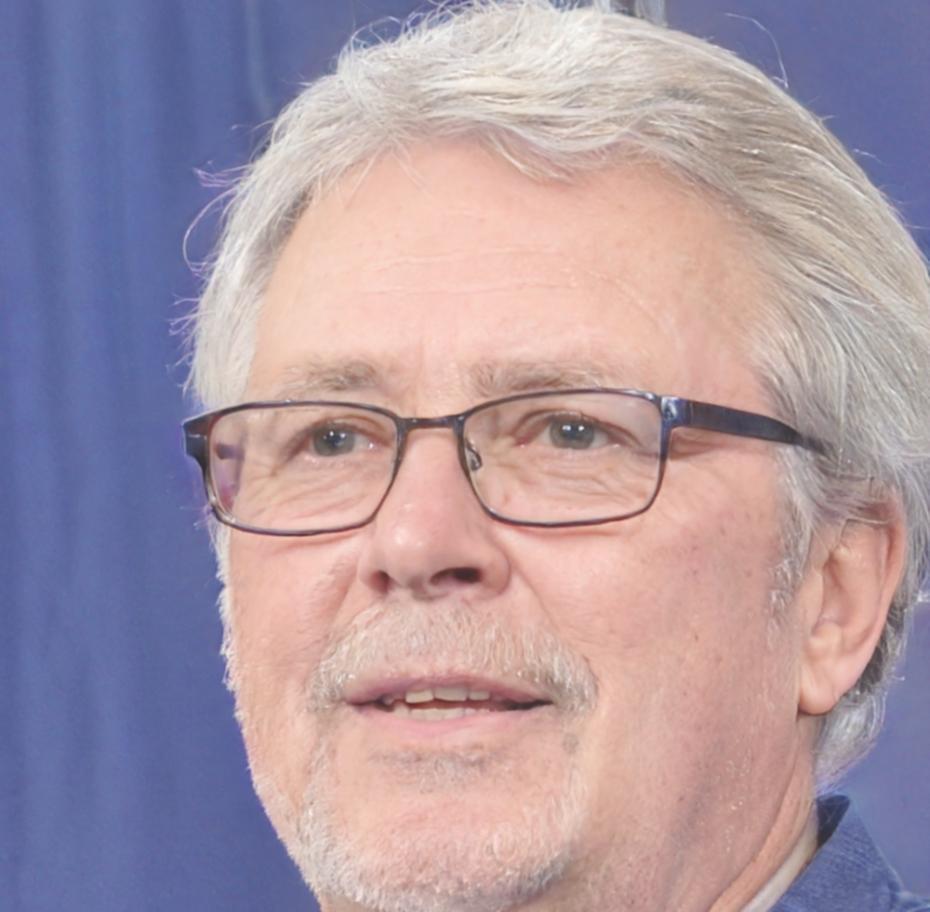How we built something different
Look, most financial education programs teach you formulas and ratios. That's fine. But when you're actually working with a business owner who's worried about cash flow, or reviewing a company's books that don't quite add up – that's when you need more than textbook knowledge.
We built this program around the questions nobody was answering in traditional courses. What do you do when the numbers tell conflicting stories? How do you communicate financial risk to someone who's never read a balance sheet? When should you dig deeper versus accept things at face value?
The program runs over eight months, starting in October 2025. That's deliberate. Financial analysis isn't something you learn in six weeks. You need time to work through different business scenarios, make mistakes in a safe environment, and develop the judgment that only comes from repeated practice.



